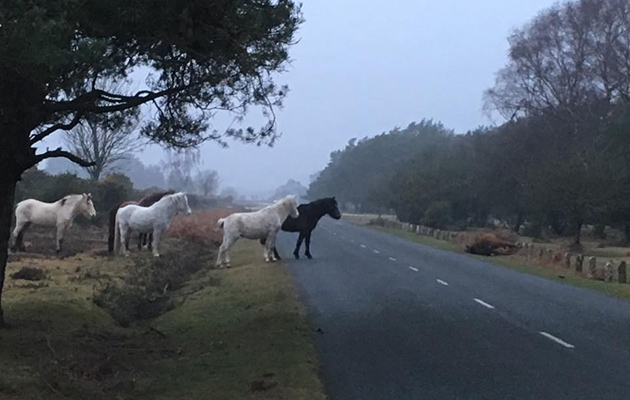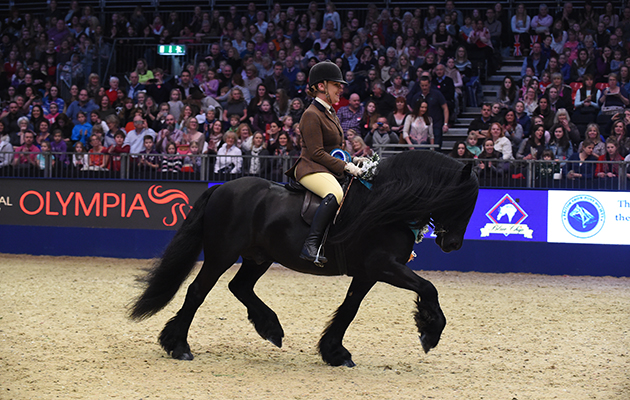New Forest ponies are a linchpin of our native breeds — the ultimate all-rounder. They have an ideal temperament, are easy to train and are able to carry both children and adults. But now that they can be found on the Rare Breeds Survival Trust’s “at risk” watchlist, it’s time we sat up and took note: this handsome breed can’t be taken for granted.
Here’s all you need to know about New Forest ponies — and don’t miss this week’s issue of Horse & Hound magazine (18 January 2018) to find out what is being done to safeguard the breed.
1. There have been New Forest ponies in the New Forest, Hampshire, since the end of the last ice age.
2. Early records include the bones of a 13hh pony at the Rockbourne Roman Villa and the profits of the Royal Stud at Lyndhurst going to the building of Beaulieu Abbey.
3. In 1507, ponies from the New Forest were shipped to the French wars.
4. During the 19th century, colts were often raced and, with prizes of £5 to £10 on offer, became valuable assets.
5. New Forest ponies served in South Africa with the Forest Scouts in the Boer War, regularly carrying 13st all day and under extreme conditions.
6. There are registered New Forests competing at high levels in affiliated dressage, eventing and showjumping. Laura Avery’s 14hh New Forest stallion Willoway Free Spirit won last year’s BE90 Mitsubishi Motors Cup, despite it being only his 10th British Eventing competition.
7. Their temperaments are highly coveted. “For me, their appeal comes from their versatility and temperament; they’re generous, forgiving ponies with a bold, ‘can-do’ approach,” says Laura.
Continued below…

Will you slow down now? Poignant picture hoped to make drivers take note
A photograph of ponies looking at their dead companion has been shared in a bid to urge motorists to slow

17 reasons to be glad you own a native
Be wealthier, healthier, happier and smug, all because you own a native pony or horse
8. With thousands of ponies roaming the New Forest, which is criss-crossed with roads, accidents are a sad fact of life. However, the number of ponies killed in the New Forest has declined slightly in recent years to around 40 annually, according to Dr Jo Ivey, Shared Forest project coordinator at the New Forest Commoners Defence Association.
Don’t miss the full article in this week’s issue of Horse & Hound magazine (18 January 2018) about what is being done to safeguard the future of New Forest ponies





